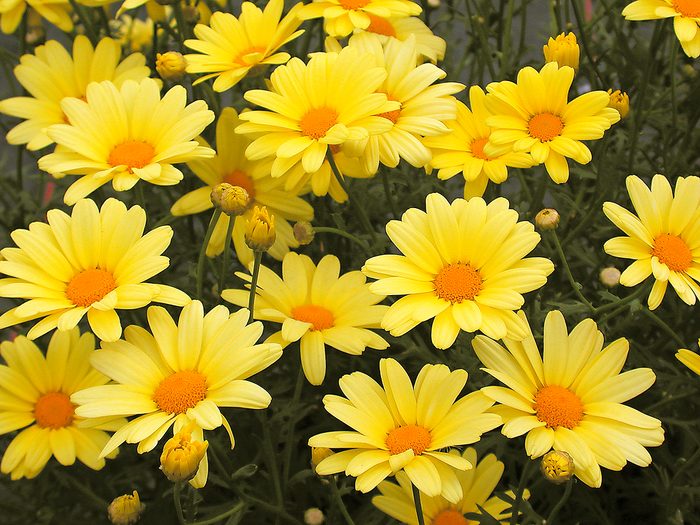
Marguerite Daisy
Argyranthemum frutescens, Zones 10 to 11, Annual elsewhere
Older varieties of Marguerite perform best in the cooler temperatures of spring and fall. Newer varieties are more heat-tolerant, but still prefer cooler nights. It still prefers full sun but hangs out in partial shade, too. Water Marguerite regularly. Caution: If the soil doesn’t drain well, the plant might come down with mold or root rot. And that’s just not cool.
Why we love it: This type of daisy attracts butterflies and other pollinators to your garden.
Discover interesting daisy facts you probably didn’t know.
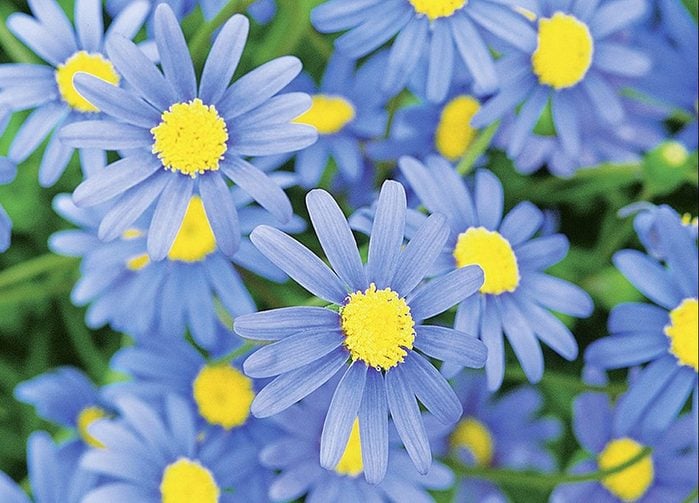
Felicia Daisy
Felicia amelloides, Zones 9 to 11, Annual elsewhere
This South African showgirl, also known as blue daisy, is a perennial favorite in Zones 9 to 11. North of these zones, it still puts on quite a performance as an annual. Bright sky blue petals and a vivid yellow center sit on top of a leggy 12- to 18-inch plant. With some cultivars spreading as much as 4 to 5 feet, Felicia always takes center stage.
Why we love it: It’s absolutely gorgeous, and sometimes that’s enough.
Dahlberg daisies brighten up dry, sunny gardens.
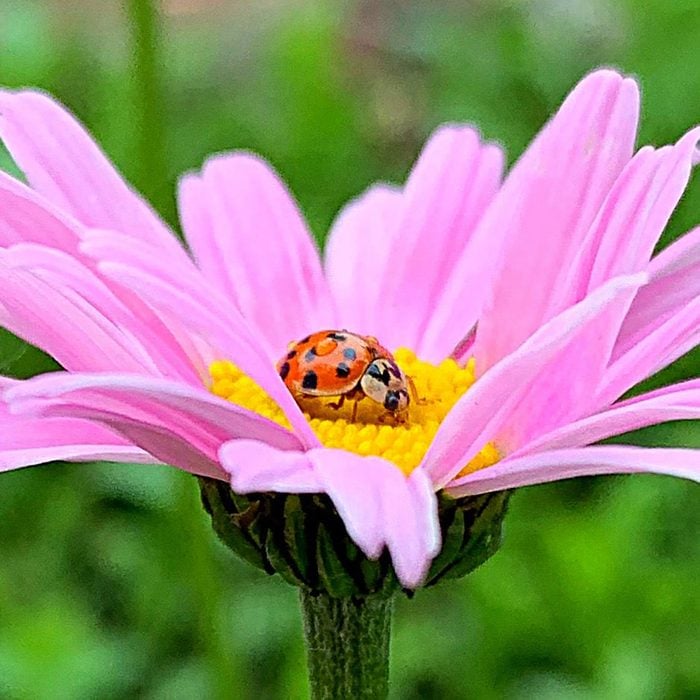
Painted Daisy
Tanacetum coccineum, Zones 3 to 7
Treated as an annual in especially hot or cold climates with poorly drained soil, painted daisies thrive in bright light or part shade and like good drainage. When grown as a perennial, it can spread from 18 to 24 inches.
Why we love it: These types of daisies not only thrive in the sun, but bloom in every shade of dawn and dusk— yellow, red, pink, violet and white. Guardians of the garden, painted daisies repel pests from themselves and their neighbors.
Drought-tolerant blackfoot daisy can take the heat.
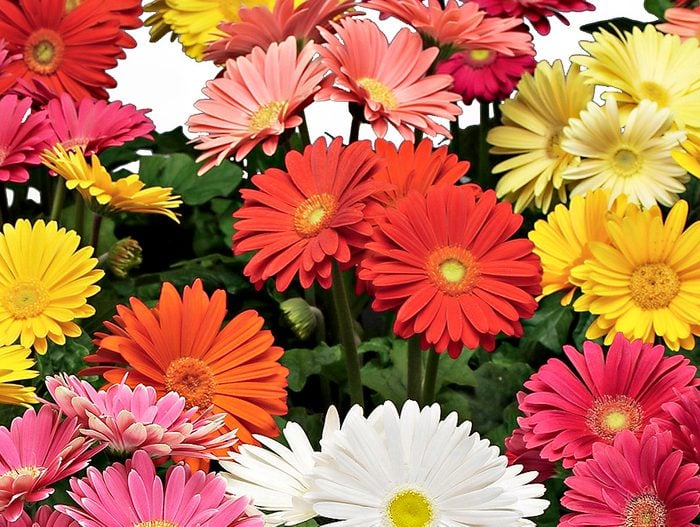
Gerbera Daisy
Gerbera jamesonii, Zones 8 to 10, Annual elsewhere
Like the cheese in the old children’s rhyme, the Gerbera daisy stands alone. It needs good drainage, as it is prone to root and stem rot in overly moist soil. Plant in full sun and sandy soil, and water in the morning. It blooms best with warm days and cool nights.
Why we love it: At 2 to 5 inches across in shades of red, yellow, orange, salmon, pink and white, even a single Gerbera bloom in a vase is a showstopper.
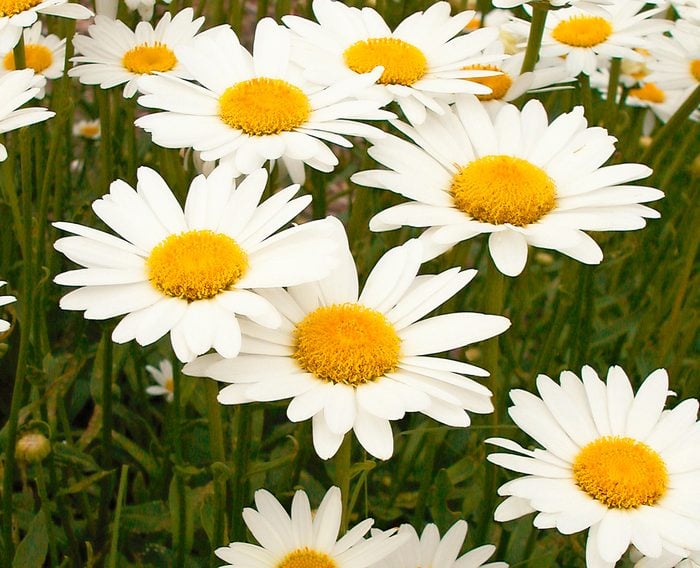
Shasta Daisy
Leucanthemum × superbum, Zones 5 to 9
With snowy white petals and yellow centers, this perennial is a fun addition to the garden. Regular division and deadheading stimulates growth. Blooming from early summer to autumn, Shasta daisies prefer well-drained soil, especially in winter. These types of daisies go with the flow as long as they grow in full sun and rich soil.
Why we love it: Shastas shine anywhere, so fill up empty garden spaces with these bright blooms. Butterflies love them, and they bounce back from the attention of rabbits and deer.
Did you know that daisies are the April Birth Flower?
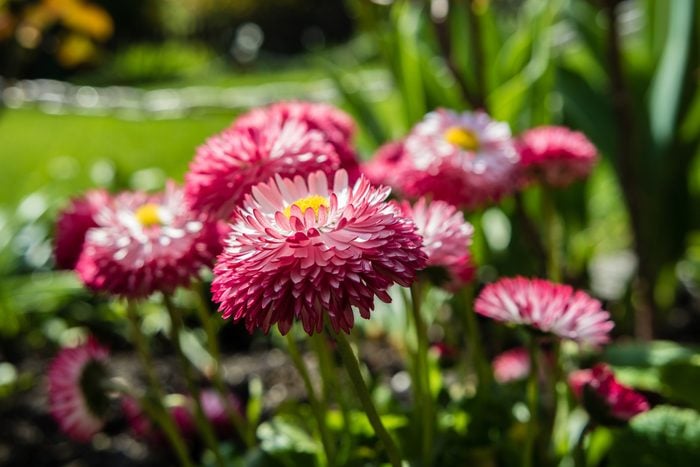
Habanera English Daisy
Bellis perennis, Zones 4 to 10
You may think English daisies are the uppity blokes of the family, but they’re actually the party animals. They reseed so much that some varieties are considered weeds. With petals of white, pink and red, these daisies blossom in full sun or partial shade. And they’re low maintenance, growing well even in poor soil.
Why we love it: Because English types of daisies are tiny, they work in pots or planters, but they also make a delightful ground cover.
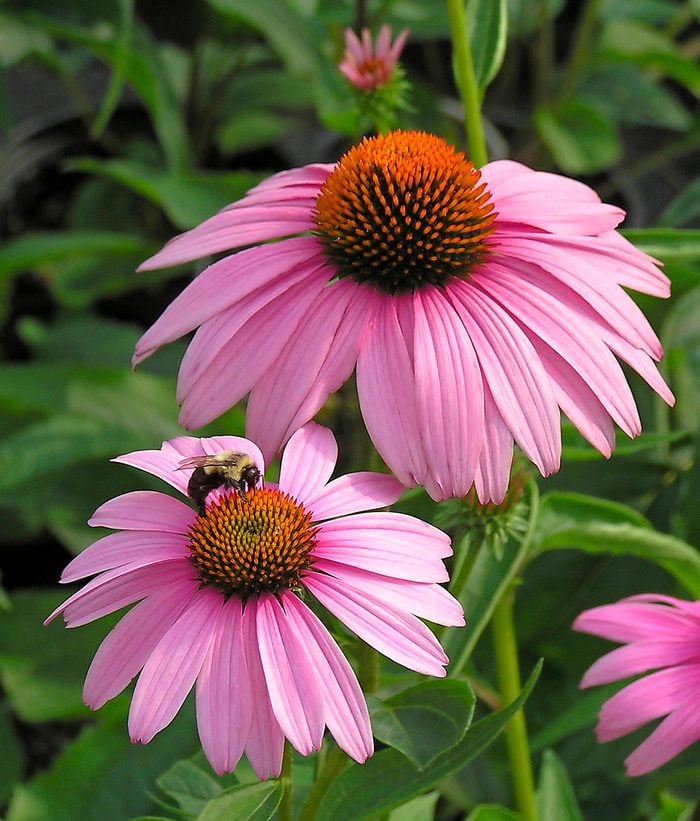
Purple Coneflower
Echinacea purpurea, Zones 3 to 8
This petaled flower is used medicinally by the Plains Indians and in mainstream cold remedies. Native to the eastern U.S., purple coneflower plants rise above the rest at up to 5 feet, reaching for the sun. Keep coneflowers looking their best in well-drained dry to medium-dry soil.
Why we love it: Echinacea comes from the Greek word echinos, which means “hedgehog.” Before the disk-shaped flowers in the center eventually turn to seed, which birds love, the bees and butterflies stop for nectar treats.
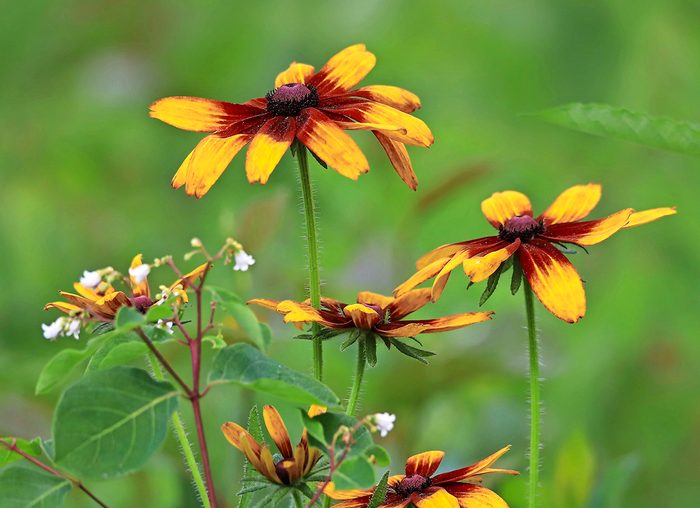
Gloriosa Daisy
Rudbeckia hirta, Zones 3 to 7
Considered an annual or a short-lived perennial, the Gloriosa daisy is a garden superhero. Hardiness is its superpower, and it grows even if neglected (but that’s not recommended). Drought-resistant, it prefers full sun to light shade.
Why we love it: Gloriosa has an alias, black-eyed Susan, and is pollinator-friendly. It also readily self-seeds.
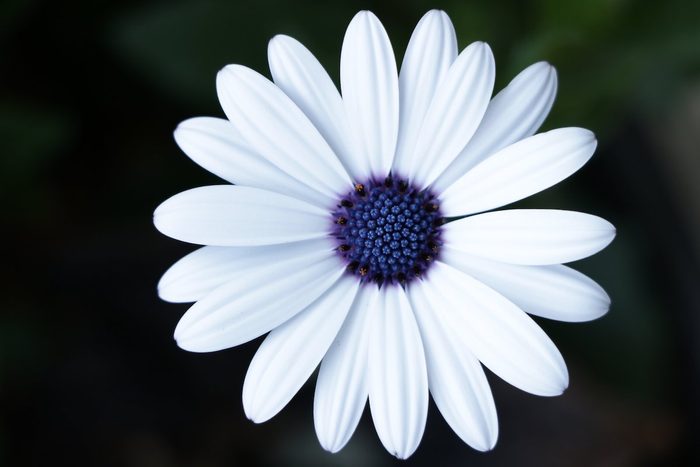
African Daisy
Osteospermum, Zones 9 to 11, Annual elsewhere
These desert beauties are native to South Africa, but don’t need an environment as hot as you might think. In fact, older cultivars don’t like the heat and stop blooming midsummer. Newer cultivars, however, are more heat-tolerant and bloom throughout the summer. Give African daisies regular drinks in a space with good drainage. Enjoy the stunning, large blooms in red, pink, purple, yellow or white with dark blue centers in midsummer and beyond.
Why we love it: Tall and graceful, these types of daisies grow 12 to 36 inches, although most newer hybrids are shorter and work well in pots or at the front of the garden bed.
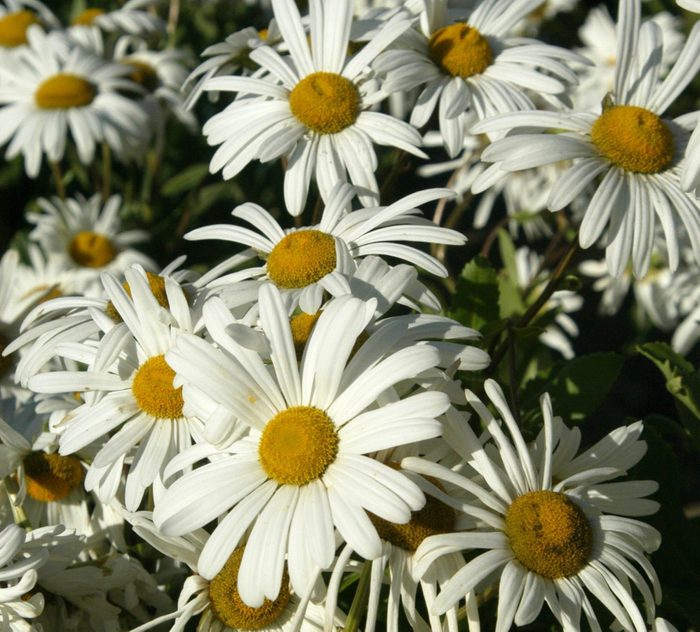
Montauk Daisy
Nipponanthemum nipponicum, Zones 5 to 9
Montauk is a late bloomer native to Japan. Plant it in a protected spot, in full sun and well-drained soil. As a tall plant, it tends to lose its lower leaves, so plant sturdy neighbors nearby to mask the bare stems and provide additional support.
Why we love it: For the most part, Montauk is big, beautiful and resistant to backyard pests like bugs, deer and rabbits.
